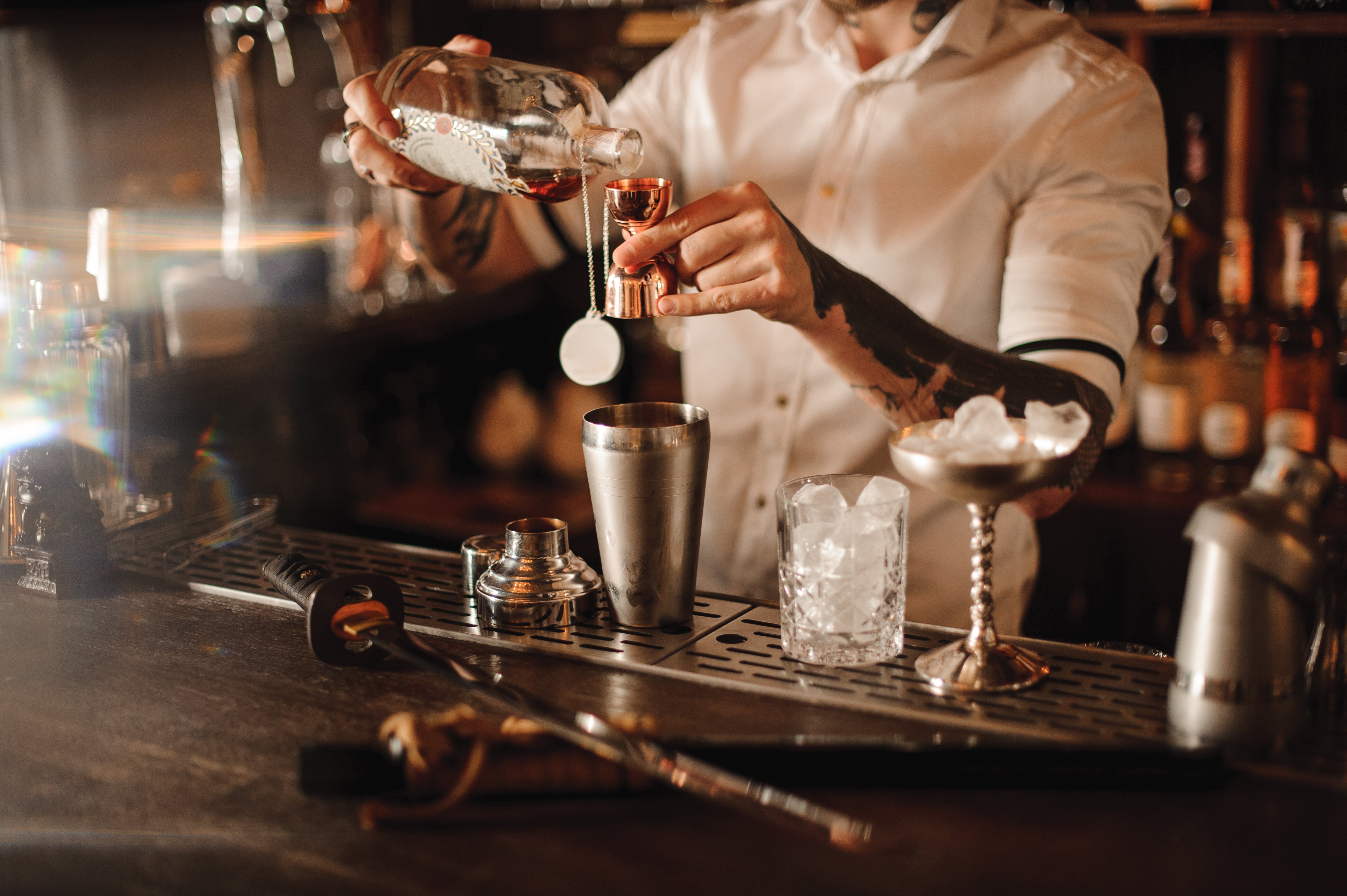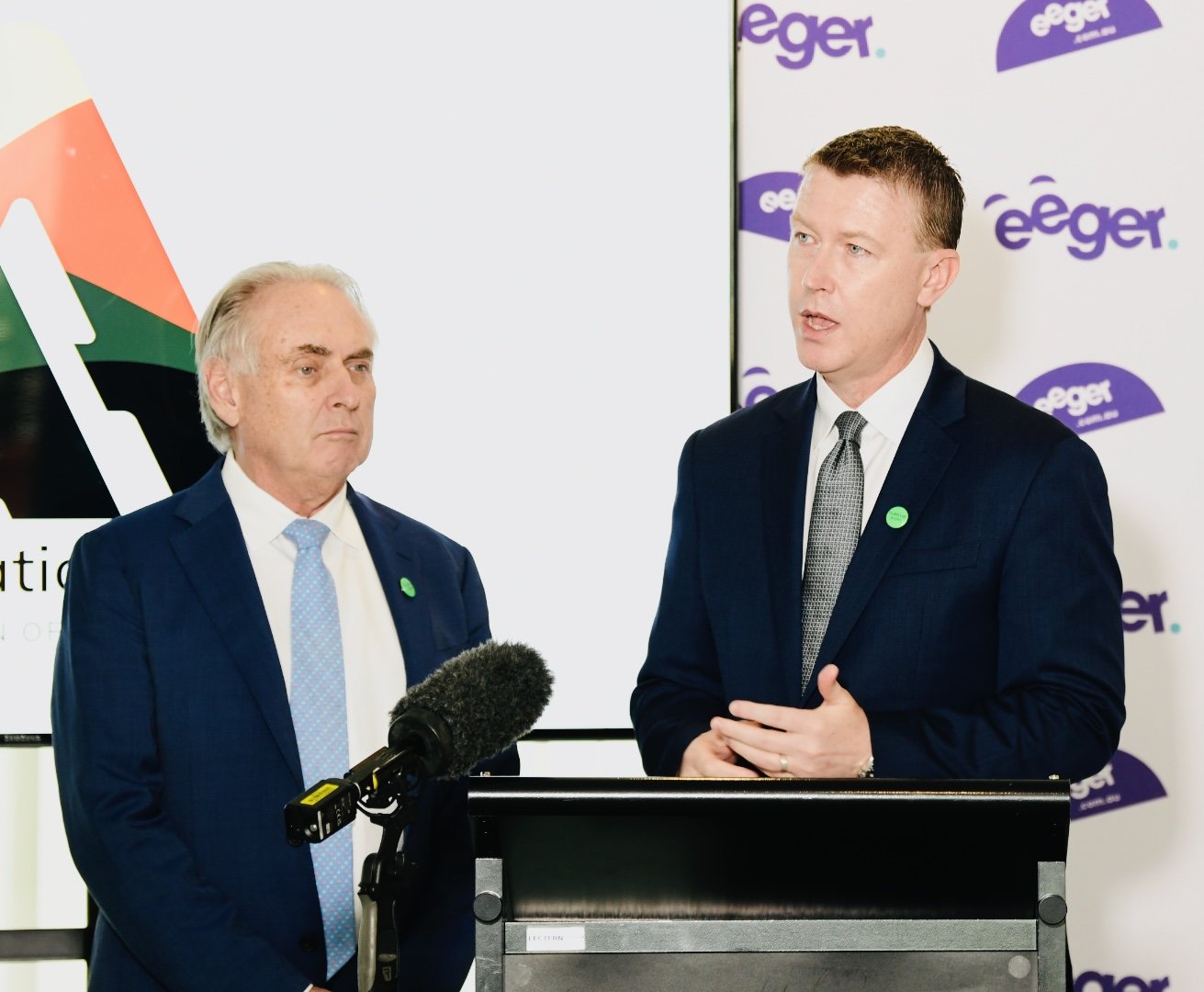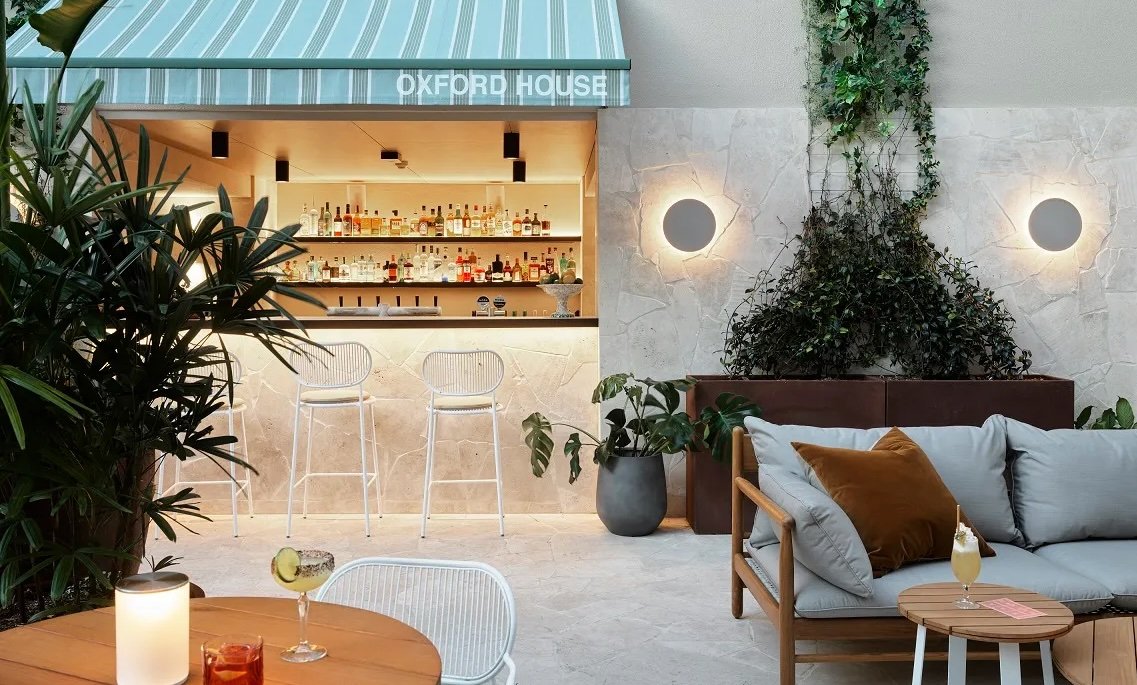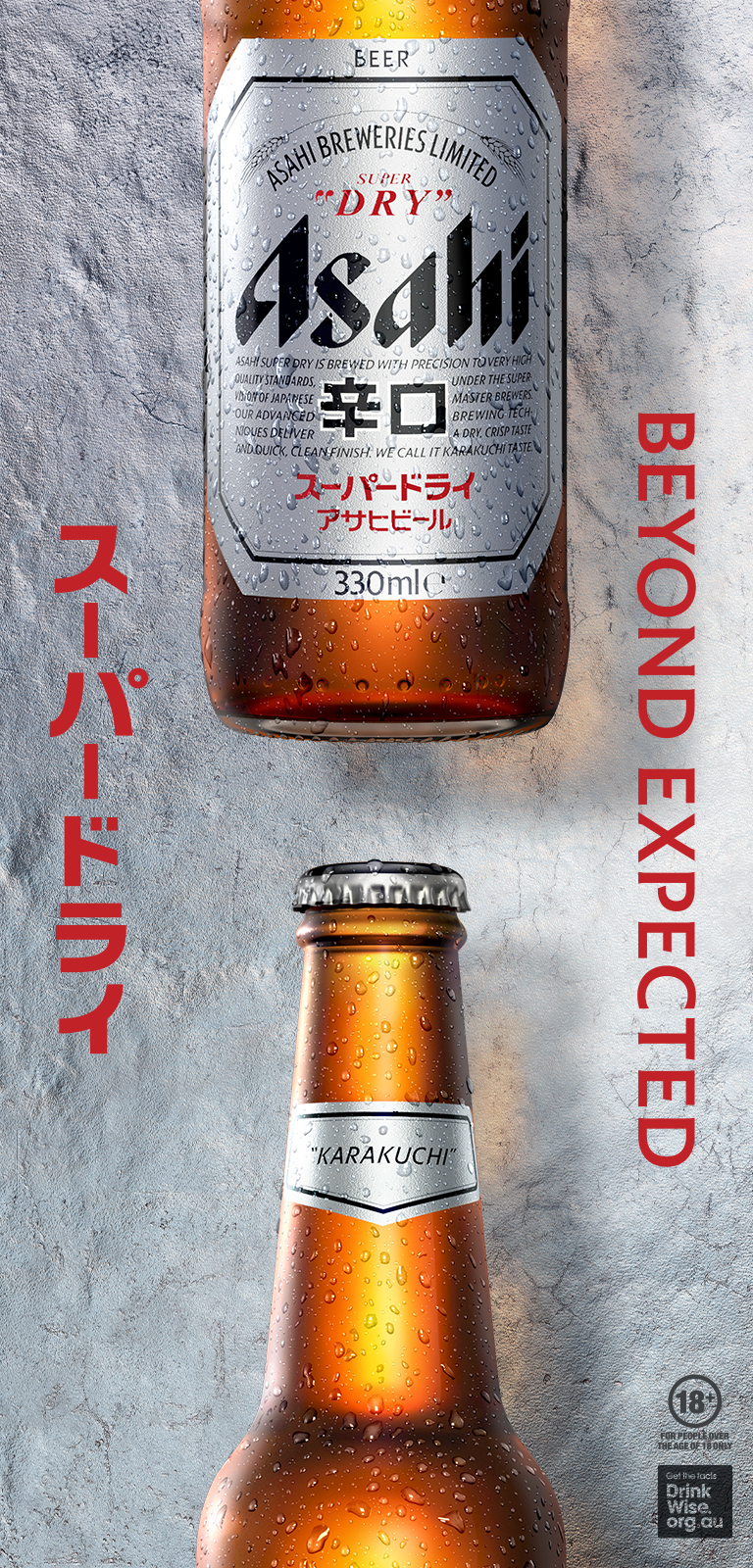According to the latest CreditorWatch industry risk ratings, 16.2% of Australian hospitality businesses are classed as either at a high or very high level of business risk, reaffirming its position as the sector most at risk of business failures in the current economic climate.
“These industries that are heavily reliant on discretionary spending will, unfortunately, continue to find it tough until consumers feel a reduction in cost-of-living pressures, which won’t happen until we see a couple of rate cuts,” said Patrick Coghlan, CEO at CreditorWatch.
“Discretionary spending is one of the few ways that consumers can actively cuts costs, whether that’s eating out less, buying fewer coffees at cafes or not seeing so many concerts or theatre shows.”
Furthermore, CreditorWatch is forecasting a business closure rate of 8.91% over the next 12 months.
Drinks Trade caught up Luke Redington, Group Beverage Manager at Momento Hospitality, shortly after the latest risk ratings figures were released.
“They're pretty alarming figures, aren't they? It's kind of wild to think about how much this changed in the last year,” he said.
When asked what advice he’d give to hospitality venues struggling in the current climate, Redington - who brings with him hospitality industry experience as diverse as Training Specialist at Diageo, Consultancy Director at Sweet&Chilli, and Co-Creator and Director of Patio Beverages mixers - says that managing supplier relationship is key.
“I think there just needs to be a little bit more transparency between the two businesses, the supplier and the venue, in terms of, okay, so this is the outcome that we're looking for,” he said.
“It's more of - if we can't dictate or if we can't move the dial on pricing or the bottom line or what's affecting us in that way - how do we move the dial on being able to make sure that our partnership lasts, and how our venue and the brands can support each other through a time where prices are going up, which means failure rates are also going up.”
Redington says that having these conversations with suppliers is even more important during the summer festive season.
“We want to be able to give guests a sharp price/we want to be able to try and make their price point of our products as cost effective as possible so they're not having to be hit too much with the price increase with the CPIs and everything else,” he said.
“[An] example I could add to this would be where we would generally be able to take a sharper price on some core products earlier in the year. For example - as it gets to the busiest season, where some things fluctuate in terms of price from suppliers - if we can keep more of a consistent price of what we're paying throughout the year, then we're able to keep that the same for our guests as well.”
Despite the difficult year thus far for Australia’s hospitality sector, the shift into summer presents significant opportunity for Australia’s hospitality sector. According to data provided by Lightspeed, Australian bars experienced an average transaction value increase of 6-8% when comparing Q4 to Q1-3 over 2021, 2022, and 2023.
Simon Le Grand, Lightspeed’s Senior Director of Marketing APAC, said “it’s reasonable to expect a similar trend during the longer, warmer days in the months ahead, especially on the back of recent tax breaks and inflation hitting a three-year low.”
Drinks Trade asked both Luke Redington and Simon Le Grand what trends they see emerging in the lead up to this summer.
“We've seen a real spike in cocktail sales this year compared to probably same time last year,” said Redington.
“[Also], the pub offering is moving towards an elevated pub offering. It's really about keeping menus in a good balance of flavours and drinks that bring nostalgia but also start to challenge and excite the guests about flavours and things like that.
Simon Le Grand added, “drinks that evoke thoughts of the sunshine like a summer spritz, chilled red or even an ‘ice-cold’ schooner, rather than just a schooner… Whether it’s promoting a sun-drenched beer garden or these seasonal drinks, strategic and timely marketing can be impactful.”
Both Le Grand and Redington agree that careful execution is essential when it comes to building seasonal menu offerings.
“Preparation is critical; while it’s reasonable to expect an increase in patronage over the summer months, it’s crucial that venues are ready to handle the rush,” said Le Grand.
“People return to venues for the atmosphere and customer experience they receive, but when venues are optimised and prepared behind the scenes, they can be better placed to provide the experiences that people will come back for.”
When trialling new ideas, Luke Redington recommends “collaborating with the beverage leads and the people that are in venue all the time… Get your management or get your staff to start to pick a drink which they think might hit the mark. Get a little bit of feedback from the local guests (it could be we put a certain amount of drinks out; ideally, we want the guests to be trying things free of charge).
“We're able to use these moments as a chance for us to build and develop a bit of feedback, but also it's about exciting the staff that are there day in, day out.”
Another recent dataset to cross Drinks Trade’s desk is Quandoo’s 2025 Dining Out Trends Report, which reveals that Australians are 28% more likely to make a booking for a restaurant when there is no cancellation fee.
Dan Rodrick, Quandoo’s Head of Sales ANZ, said: “While deposits and credit card capture seem like effective solutions for combatting no-shows and late cancellations, they're becoming less popular with diners and can deter them from booking… Instead, we recommend leveraging marketplace listings to boost online visibility. This approach increases the chances of reselling tables and accepting last-minute bookings. Additionally, consider an overbooking policy to safeguard against no-shows, even if it feels daunting.”
The 2025 Dining Out Trends Report reveals that Saturday remains the most popular day to make reservations, with 6pm the most popular dining out time. Interestingly, the most popular date for dining out is the 12th and 14th, suggesting a strong link between fortnightly payday and dining habits.
“The key is striking a balance between business needs and customer convenience,” concluded Rodrick.
Share the content










